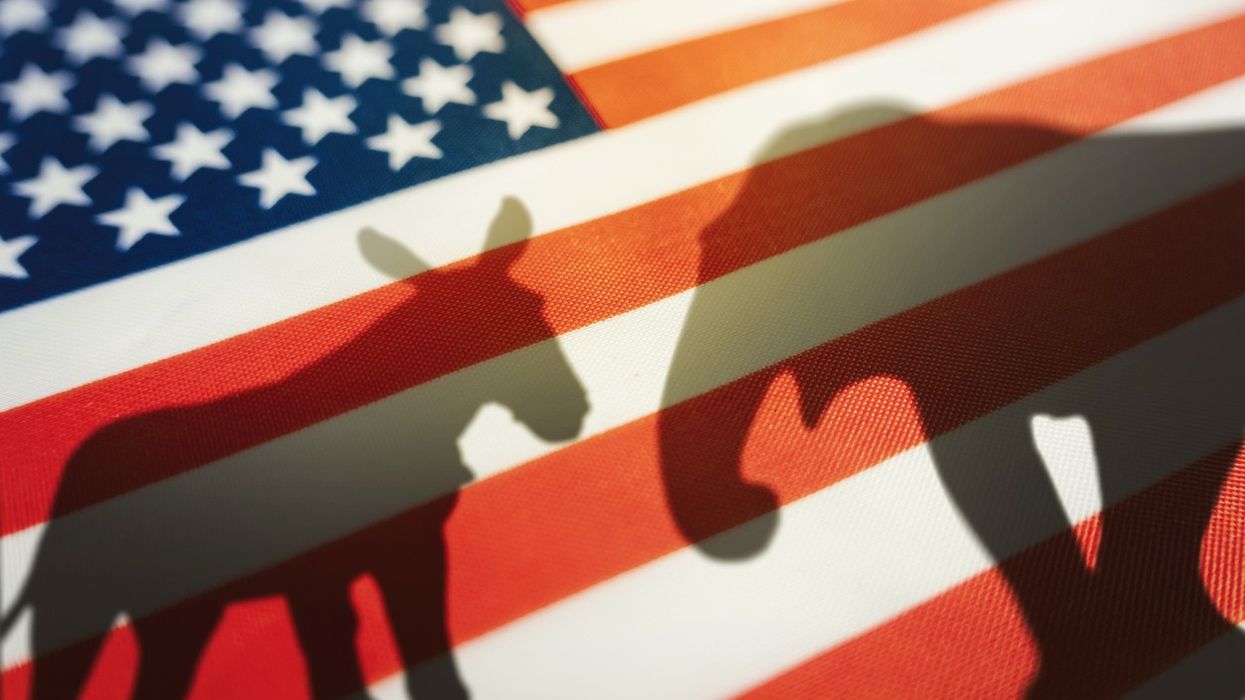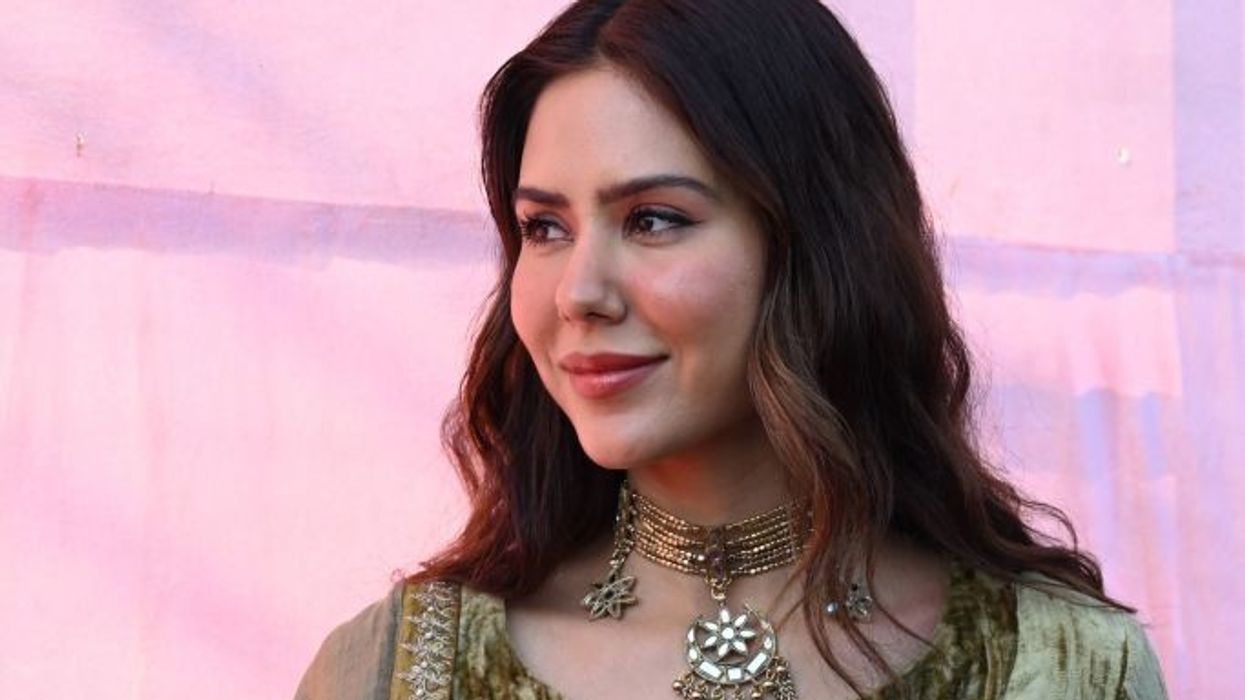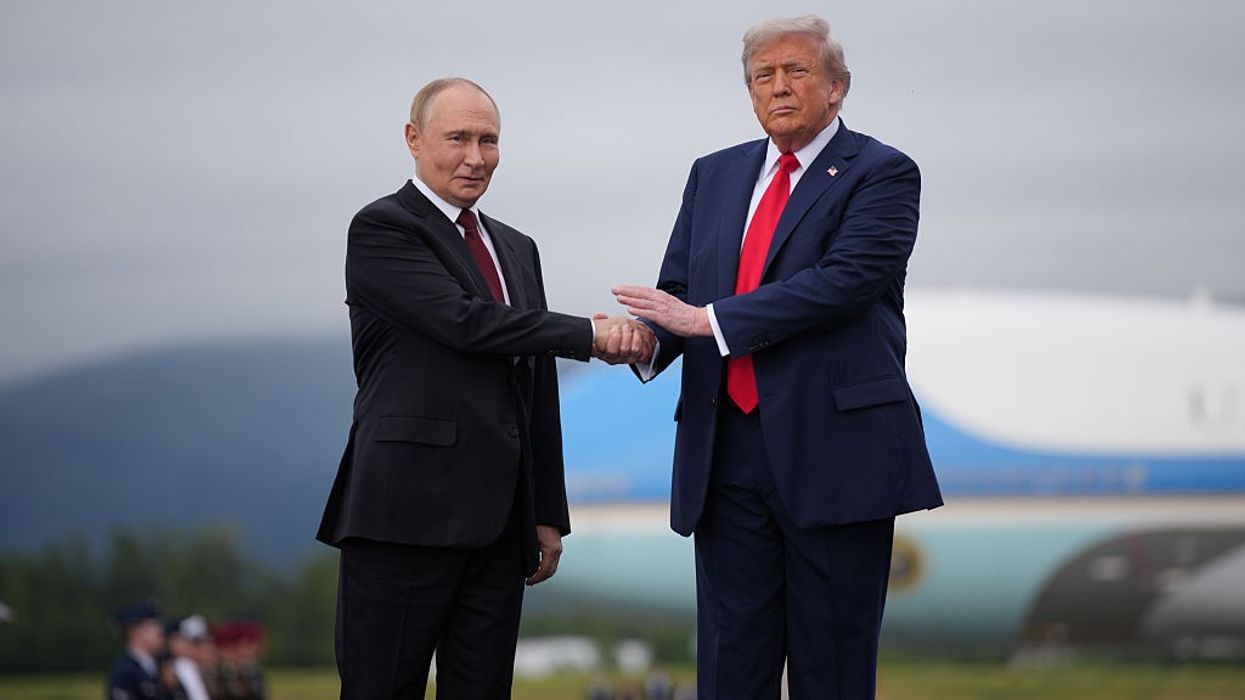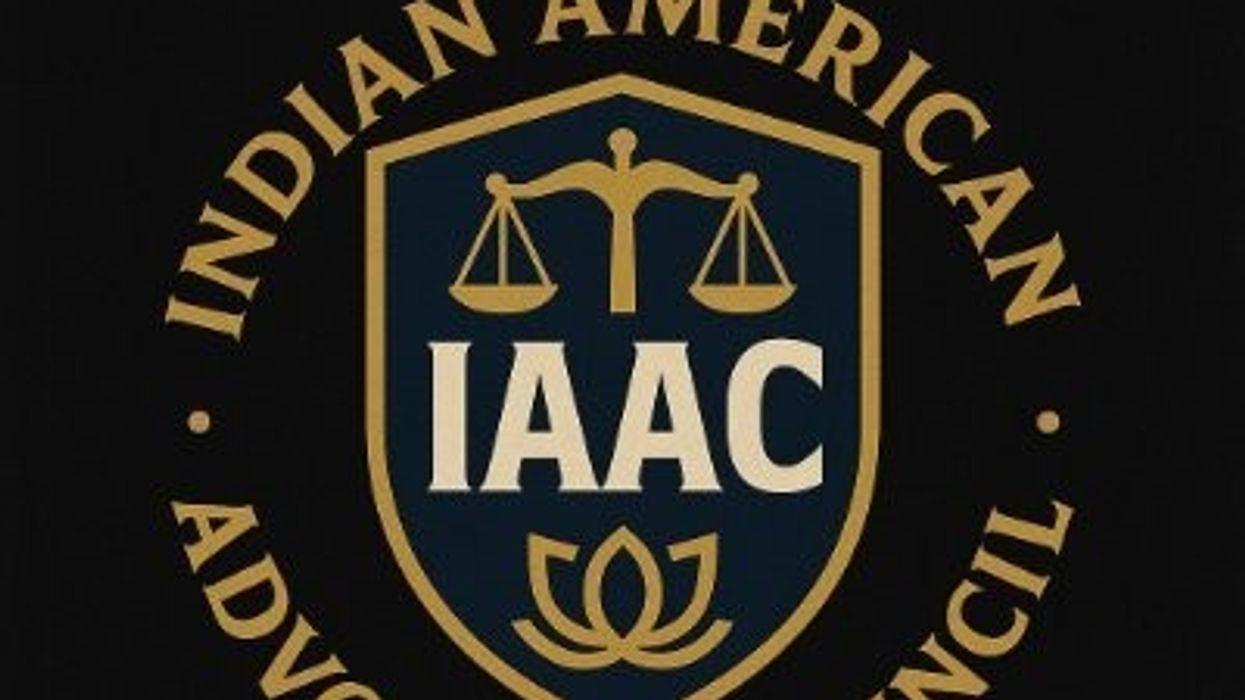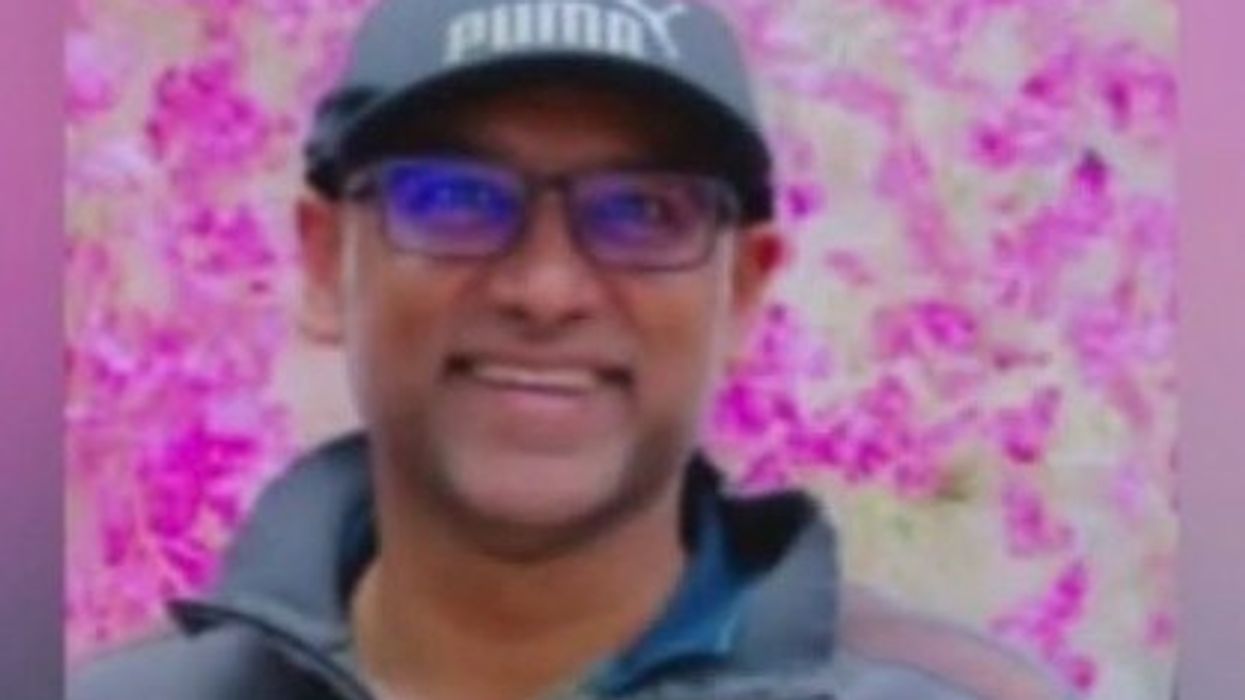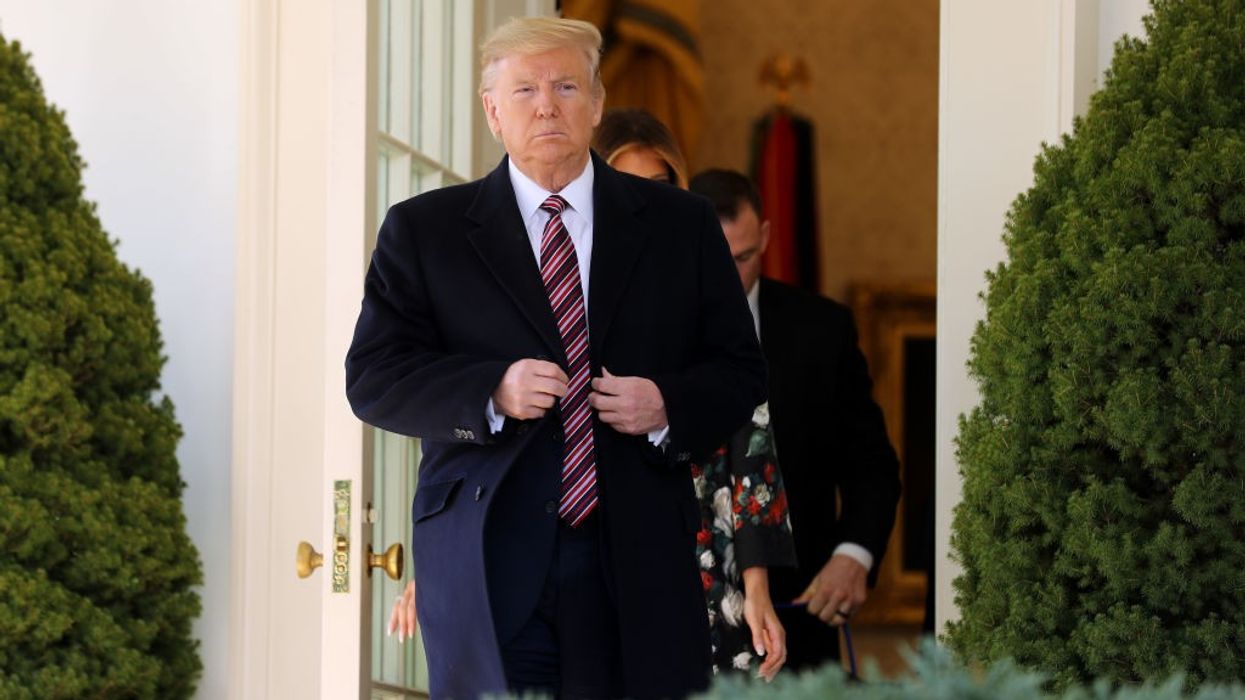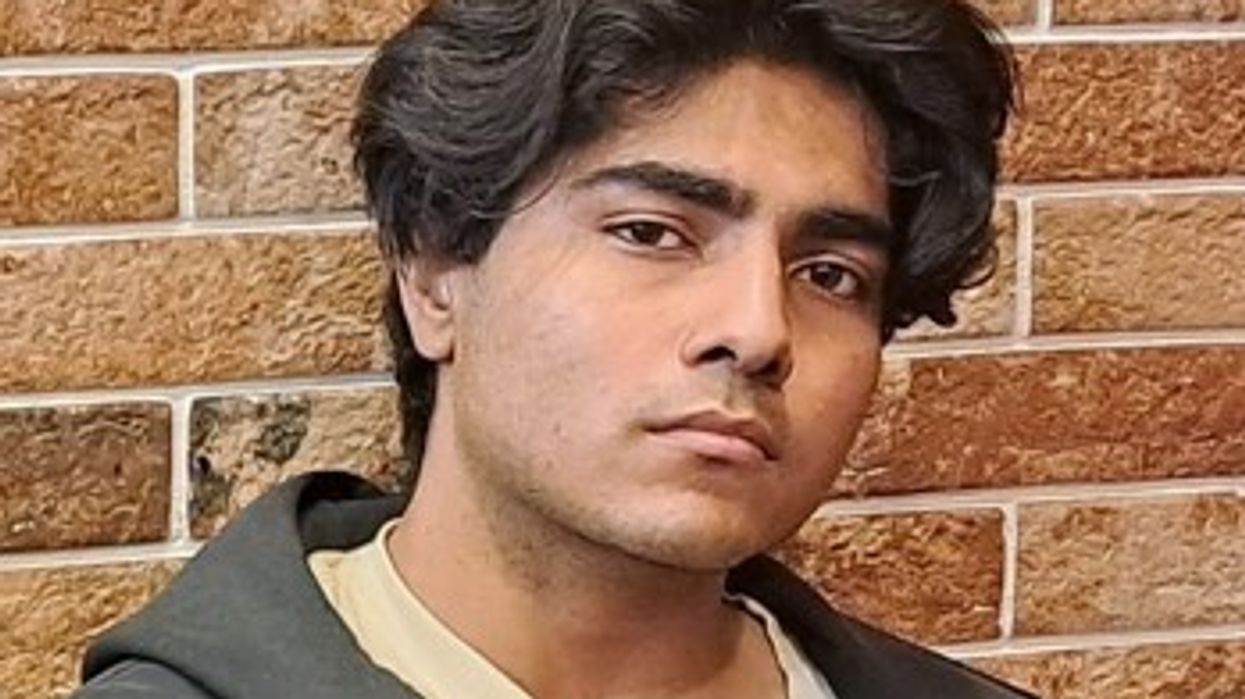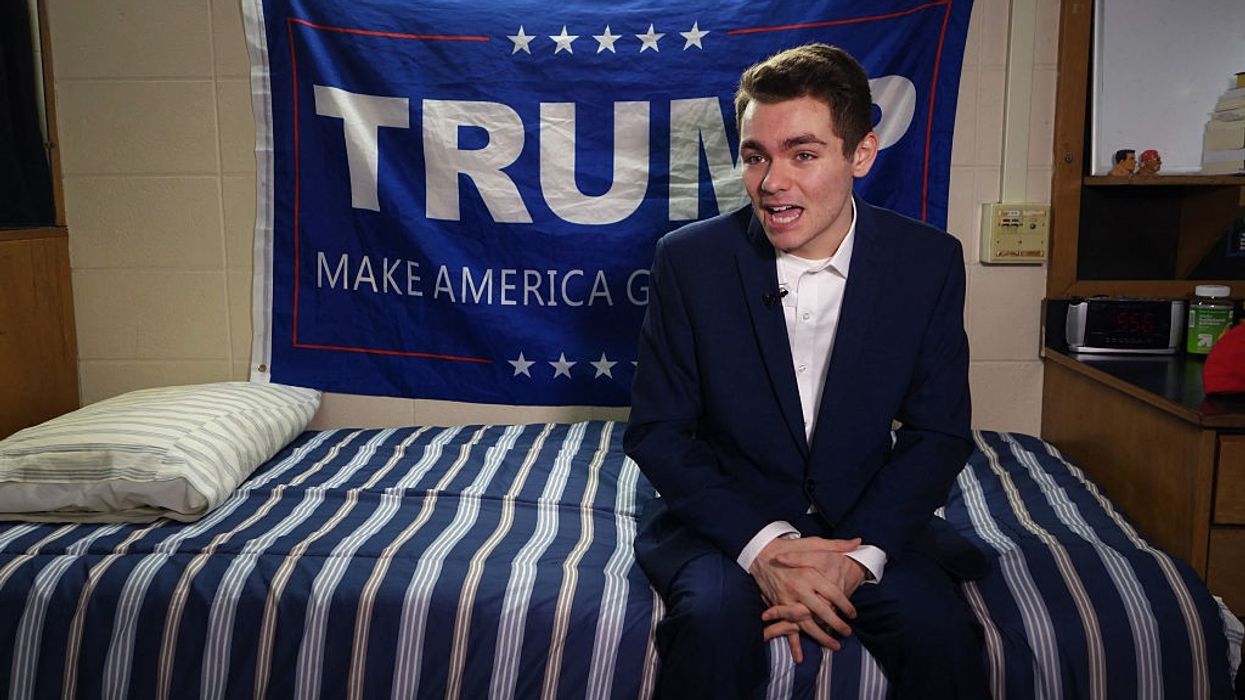Highlights:
- Indian-Americans donated $46.6M to Democrats in 2020—three times more than to Republicans.
- Community population exceeds 4.9M, with growing political representation (six elected to Congress in 2024).
- Donations concentrated in technology, finance, healthcare, and academia sectors.
- Democratic support linked to immigration, minority rights, and Kamala Harris’ historic candidacy.
- Researchers expect Indian-American political engagement and influence to keep rising in future elections.
A new study released in September 2025 has shed light on the growing political engagement of the Indian-American community in the United States, highlighting a striking preference for Democratic candidates over Republicans. The analysis, conducted by researchers from Ashoka University and the University of Michigan, examined two decades of campaign donations using Federal Election Commission data compiled by OpenSecrets.
Record donations in 2020 election
During the 2020 presidential election cycle, Indian-Americans donated a record $46.6 million to Democratic candidates, compared to just $16.3 million to Republican candidates. This nearly three-to-one ratio is part of a long-running pattern: the study titled “An Emerging Lobby: An Analysis of Campaign Contributions from Indian-Americans (1998–2022)” shows that the community consistently favors Democrats when it comes to political giving. In fact, as recently as 2016, only 0.6% of Indian-American political donations went to then-President Donald Trump’s campaign.
Growing demographic and political clout
The Indian-American population has risen to over 4.9 million—making it one of the largest and most affluent immigrant communities in the United States. This demographic shift was reflected in the 2024 elections, which saw six Indian-Americans elected to Congress—a notable milestone for the community’s increasing political representation and influence.
According to the study, Indian-Americans' donations are highly concentrated in sectors such as technology, finance, healthcare, and academia. Contributors in these fields have used their financial support to boost the community’s political visibility and advocate for policy priorities, ranging from immigration reform to strong US-India ties.
Motivations behind the giving
Researchers attribute Indian-Americans’ Democratic tilt to a range of factors. Historically, Democratic policies on immigration, minority rights, and social inclusion have resonated with this group, many of whom are first- or second-generation immigrants. The nomination of Kamala Harris as the vice-presidential candidate on the Democratic ticket in 2020 also generated unprecedented enthusiasm and fundraising support, due to her Indian heritage and the barrier-breaking nature of her candidacy.
Experts note that Indian-Americans, while making up just over 1 per cent of the U.S. population, display a high rate of political participation and philanthropy compared to their numbers. In the 2020 primaries and general election, their financial engagement even outpaced that of more established donor blocs in some sectors.
Changing landscape and looking forward
Although the study does not include data from the 2024 election cycle, researchers underscore that Indian-Americans’ role in US politics is poised to grow even further. The community’s consistent preference for Democratic candidates, expanding professional success, and increasing presence in elected office suggest that their political contributions will remain a significant force.
The study concludes, “Indian-Americans have emerged as a potent lobbying group, using financial and civic engagement to shape the course of American politics.” As the community continues to evolve, analysts expect its priorities and political influence to evolve as well.
